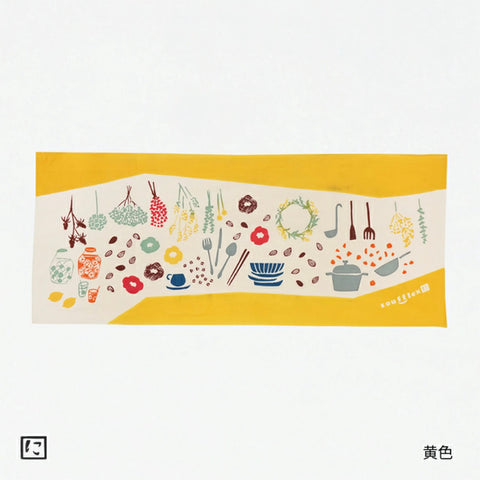-
 Nijiyura Tenugui, Happy Halloween, Orange
Nijiyura Tenugui, Happy Halloween, Orange
$ 24.00 -
 Nijiyura Tenugui, Holy Night
Nijiyura Tenugui, Holy Night
$ 24.00 -
 Nijiyura Tenugui, Ice Cream
Nijiyura Tenugui, Ice Cream
$ 24.00 -
 Nijiyura Tenugui, Japanese Cranes
Nijiyura Tenugui, Japanese Cranes
Sold Out -
 Nijiyura Tenugui, Japanese Customs & Traditions
Nijiyura Tenugui, Japanese Customs & Traditions
$ 24.00 -
 Nijiyura Tenugui, Japanese Regions
Nijiyura Tenugui, Japanese Regions
$ 24.00 -
 Nijiyura Tenugui, Kadomatsu
Nijiyura Tenugui, Kadomatsu
$ 24.00 -
 Nijiyura Tenugui, Maple Garden
Nijiyura Tenugui, Maple Garden
$ 24.00 -
 Nijiyura Tenugui, Mid-Autumn Night
Nijiyura Tenugui, Mid-Autumn Night
$ 24.00 -
 Nijiyura Tenugui, Moon Ceremony
Nijiyura Tenugui, Moon Ceremony
$ 24.00 -
 Nijiyura Tenugui, Nordic Winter, Cream
Nijiyura Tenugui, Nordic Winter, Cream
$ 24.00 -
 Nijiyura Tenugui, Nordic Winter, Green
Nijiyura Tenugui, Nordic Winter, Green
$ 24.00 -
 Nijiyura Tenugui, Northern Lights, Green
Nijiyura Tenugui, Northern Lights, Green
$ 24.00 -
 Nijiyura Tenugui, Northern Lights, Pink
Nijiyura Tenugui, Northern Lights, Pink
$ 24.00 -
 Nijiyura Tenugui, Piano
Nijiyura Tenugui, Piano
$ 24.00 -
 Nijiyura Tenugui, Portugal Blue & Brown
Nijiyura Tenugui, Portugal Blue & Brown
$ 24.00 -
 Nijiyura Tenugui, Portugal Multicolor
Nijiyura Tenugui, Portugal Multicolor
$ 24.00 -
 Nijiyura Tenugui, Sanma and Sudachi, Blue
Nijiyura Tenugui, Sanma and Sudachi, Blue
$ 24.00 -
 Nijiyura Tenugui, Sanma and Sudachi, White
Nijiyura Tenugui, Sanma and Sudachi, White
$ 24.00 -
 Nijiyura Tenugui, Souffle Blue
Nijiyura Tenugui, Souffle Blue
$ 24.00 -
 Nijiyura Tenugui, Souffle Yellow
Nijiyura Tenugui, Souffle Yellow
Sold Out -
 Nijiyura Tenugui, Star Festival
Nijiyura Tenugui, Star Festival
$ 24.00 -
 Nijiyura Tenugui, Trick or Treat
Nijiyura Tenugui, Trick or Treat
$ 24.00 -
 Nijiyura Tenugui, Waiting for Christmas
Nijiyura Tenugui, Waiting for Christmas
$ 24.00
























